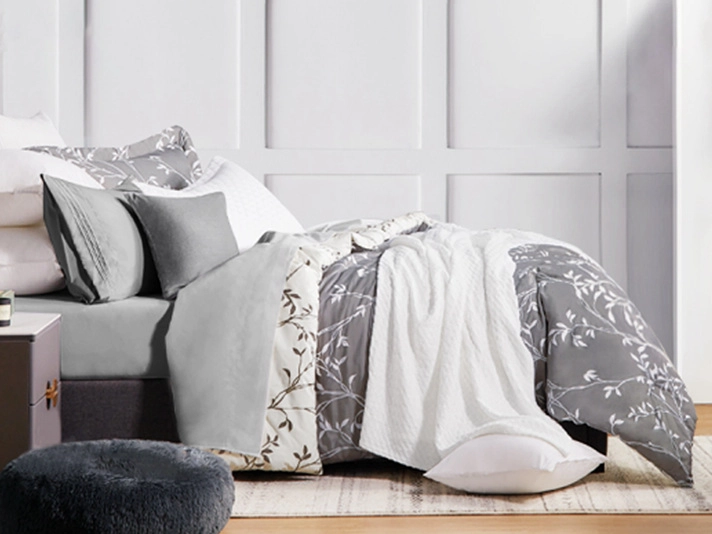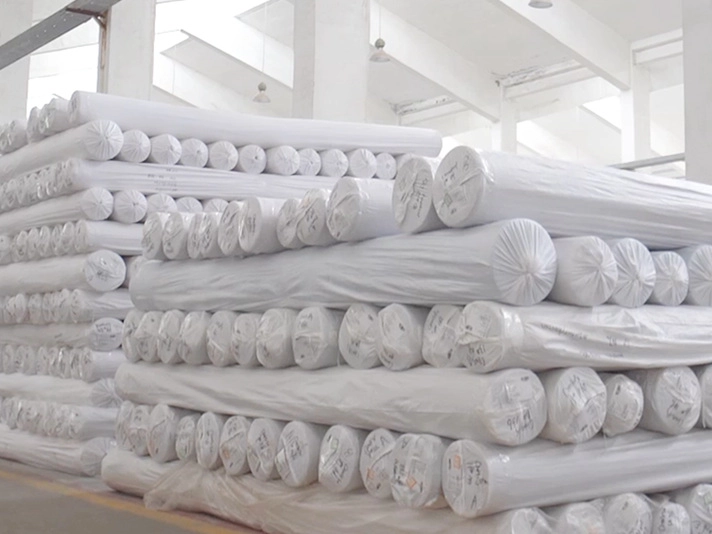Do you require an insert for your duvet cover for optimal comfort?
Do You Need a Duvet Insert for a Duvet Cover?
When it comes to bedding, the choices can sometimes be overwhelming. One common question that arises is whether you need a duvet insert for a duvet cover. The short answer is yes, you do need a duvet insert to use with your duvet cover. However, understanding why it's necessary and how to choose the right one can significantly enhance your sleeping experience.
Understanding Duvet Covers and Duvet Inserts
A duvet cover is essentially a protective shell that encases a duvet insert. It's similar to a pillowcase, but for your comforter. The duvet insert is the fluffy filling that provides warmth and coziness. Together, they create a complete bedding ensemble. The duvet cover serves several purposes it protects the duvet from dirt and damage, makes it easier to clean (since duvet covers are machine washable), and allows you to easily change the appearance of your bedding with a variety of colors and patterns.
Why You Need a Duvet Insert
1. Warmth and Comfort The primary function of a duvet insert is to provide warmth. Duvet inserts are typically filled with down, synthetic fibers, or a blend of both. The fill power (for down) or the polyester weight (for synthetics) dictates how warm the duvet will keep you. Without an insert, a duvet cover would be merely a decorative piece, lacking any functional warmth.
2. Weight and Insulation Duvet inserts are designed to provide insulation while being lightweight. This is particularly beneficial for maintaining a comfortable sleeping temperature. The right combination of a duvet cover and insert allows for warmth without the burden of heavy blankets.
3. Versatility Using a duvet insert with a duvet cover provides versatility in your bedding. You can easily switch out the duvet cover to match your seasonal decor or your mood. For instance, you can opt for lighter fabric with brighter colors in summer and switch to heavier, warmer covers in winter.
do you need a duvet insert for a duvet cover

Choosing the Right Duvet Insert
When selecting a duvet insert, consider the following factors
1. Fill Type Duvet inserts come in various fills, including - Down Known for its exceptional warmth and lightweight feel, down is a popular choice. However, some may have allergies; for these individuals, alternatives are available. - Synthetic Made from polyester, synthetic inserts are hypoallergenic and easy to care for. They may not be as breathable as down but can still provide warmth and comfort. - Wool or Cotton These natural materials are breathable and can help regulate body temperature. They might be a good option if you often find yourself too hot or too cold at night.
2. Weight and Warmth Duvet inserts come in different weights, categorized as lightweight, medium, or heavy. Lightweight options are great for warmer months, while heavy options offer extra warmth for winter. Consider your climate and personal preferences when choosing.
3. Size Ensure the duvet insert fits your duvet cover correctly. Standard sizes include twin, full, queen, and king. A well-fitted insert not only looks better but also provides a more comfortable experience.
Conclusion
In conclusion, a duvet insert is an essential companion for a duvet cover if you want to enjoy the full benefits of this popular bedding option. The combination of a duvet insert and cover offers warmth, comfort, and versatility, making it a practical choice for any bedroom. When selecting your duvet insert, pay attention to the fill type, warmth, and size to create the perfect sleeping environment tailored to your needs. So, the next time you’re updating your bedding, remember a duvet cover without an insert is just a pretty fabric – to create a cozy, inviting bed, you need both!
-
Organic Cotton Bed Sheet Fabric Certification ExplainedNewsAug.22, 2025
-
Creating a Spa Day with Plush Waffle Bath RobesNewsAug.14, 2025
-
How to Cut Linen Maintenance Costs by 30% with Proper Polycotton IroningNewsAug.11, 2025
-
Elevating Comfort and Quality with the Right Bed LinenNewsJul.07, 2025
-
Bedding Essentials: From Percale Sheets to White Quilts, Finding Your Perfect Sleep HavenNewsJul.07, 2025
-
Choosing the Right Bedding for a Comfortable and Stylish BedroomNewsJul.07, 2025
-
Understanding the Diverse World of Towel TypesNewsMay.29, 2025






